Bacharach H-10PM User manual
Other Bacharach Security Sensor manuals

Bacharach
Bacharach GDC-350 User manual
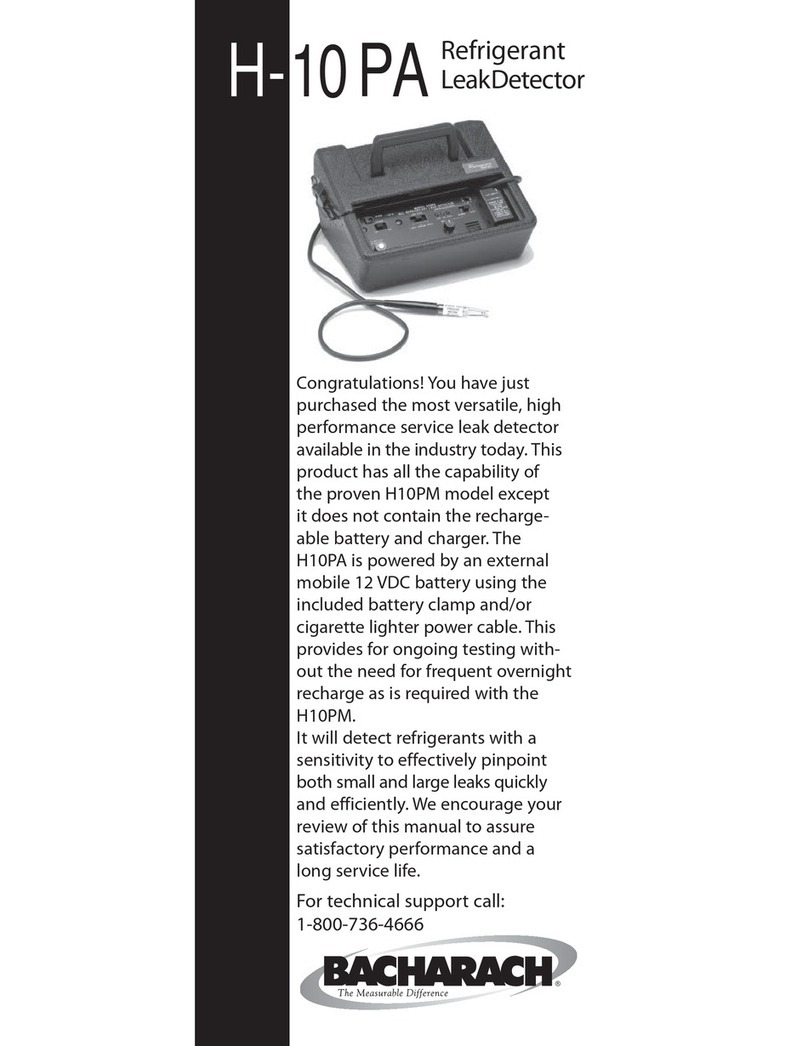
Bacharach
Bacharach H-10PA User manual
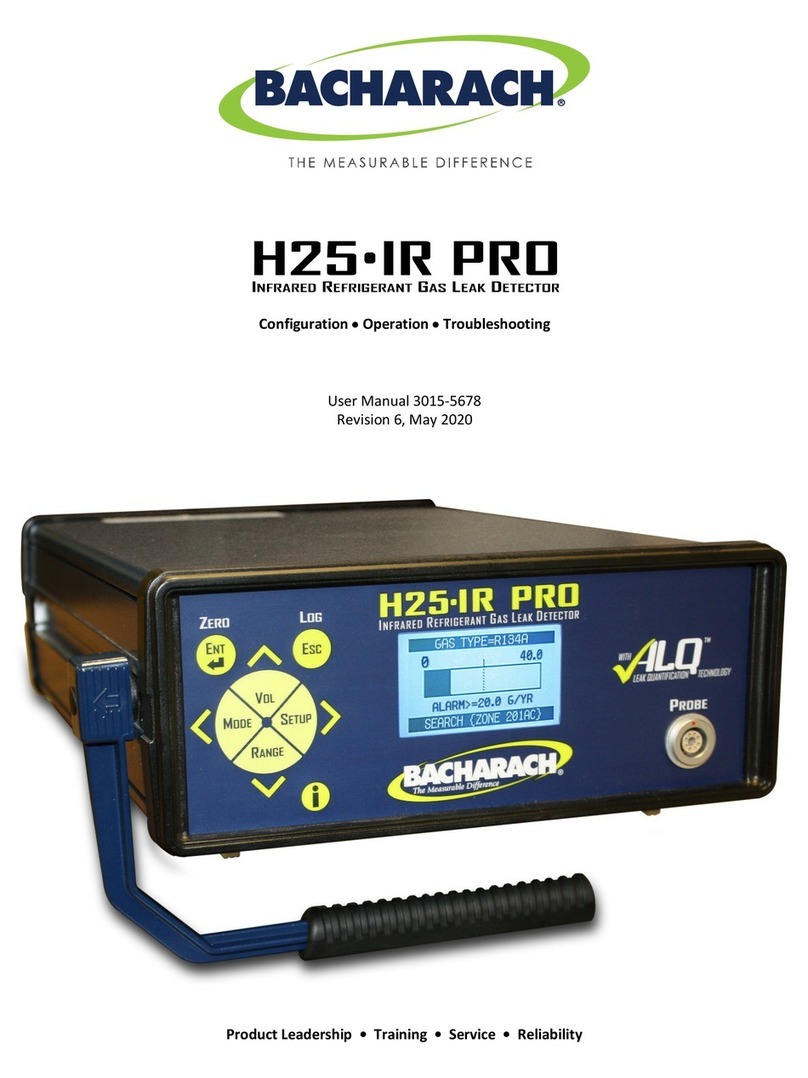
Bacharach
Bacharach H25-IR PRO User manual
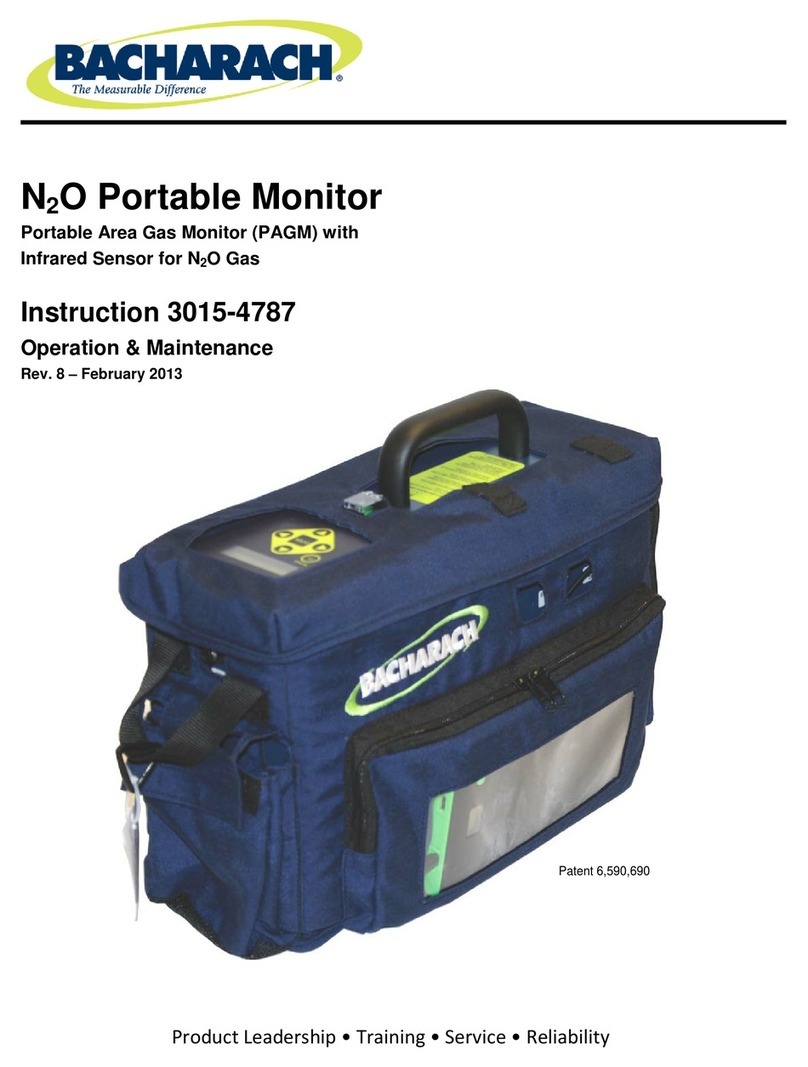
Bacharach
Bacharach N2O Portable Monitor User manual
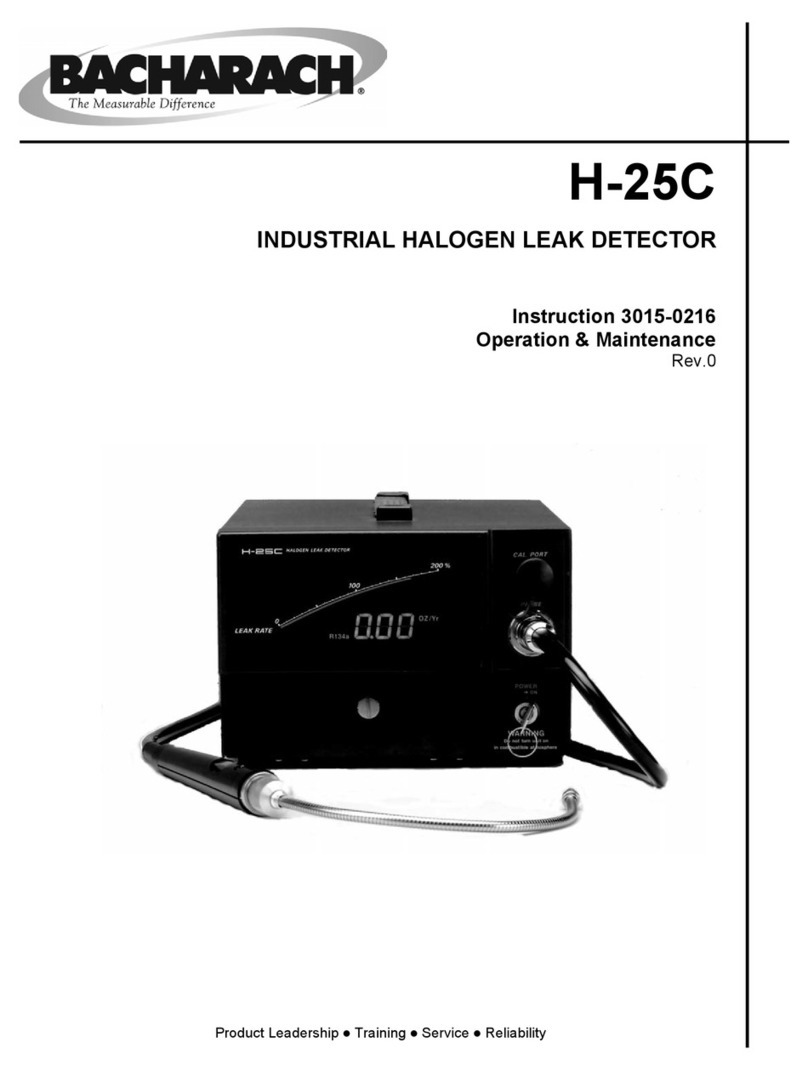
Bacharach
Bacharach H-25C User manual
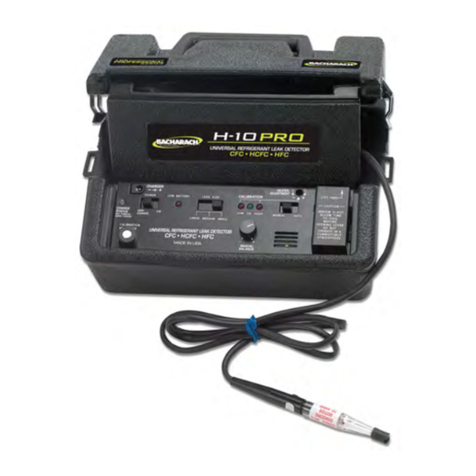
Bacharach
Bacharach H-10 PRO User manual
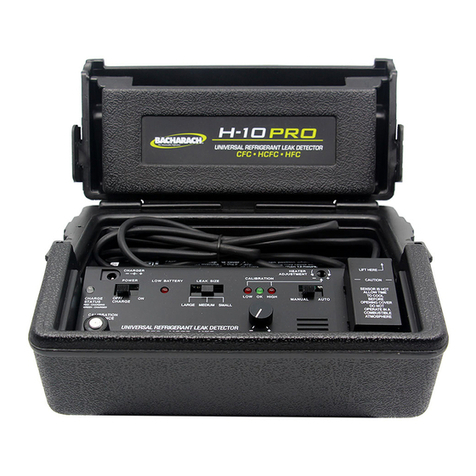
Bacharach
Bacharach H-10 PRO User manual
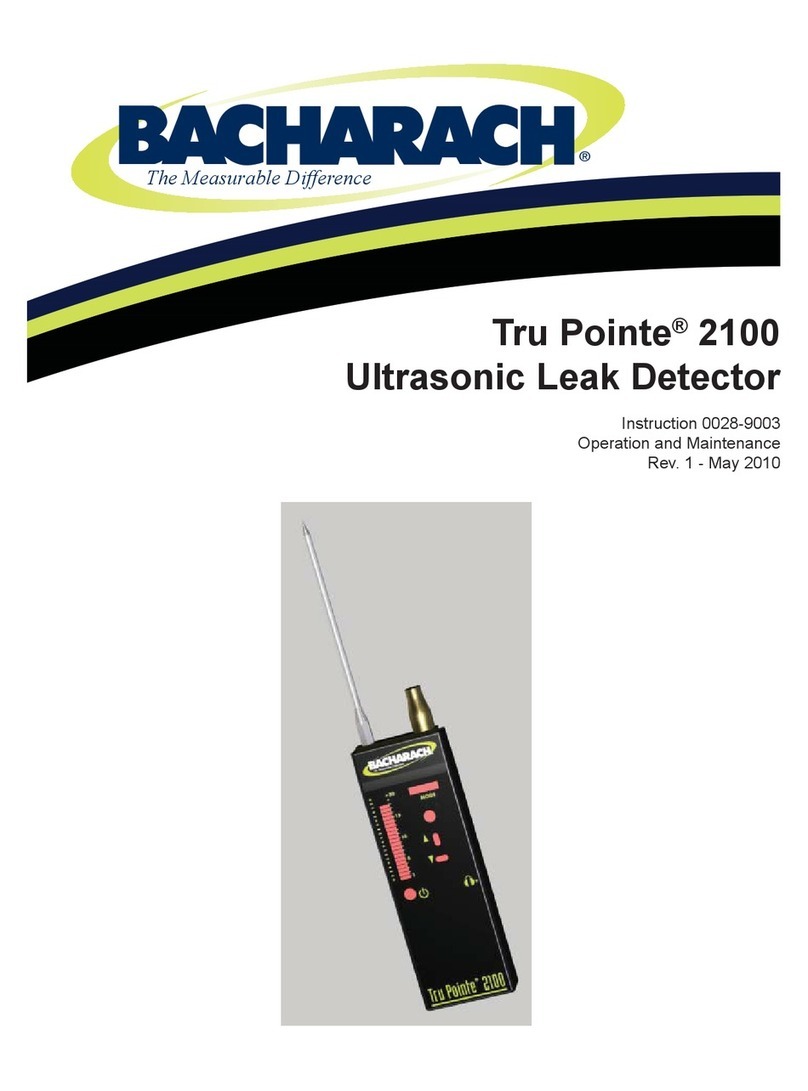
Bacharach
Bacharach Tru Pointe 2100 Instruction Manual
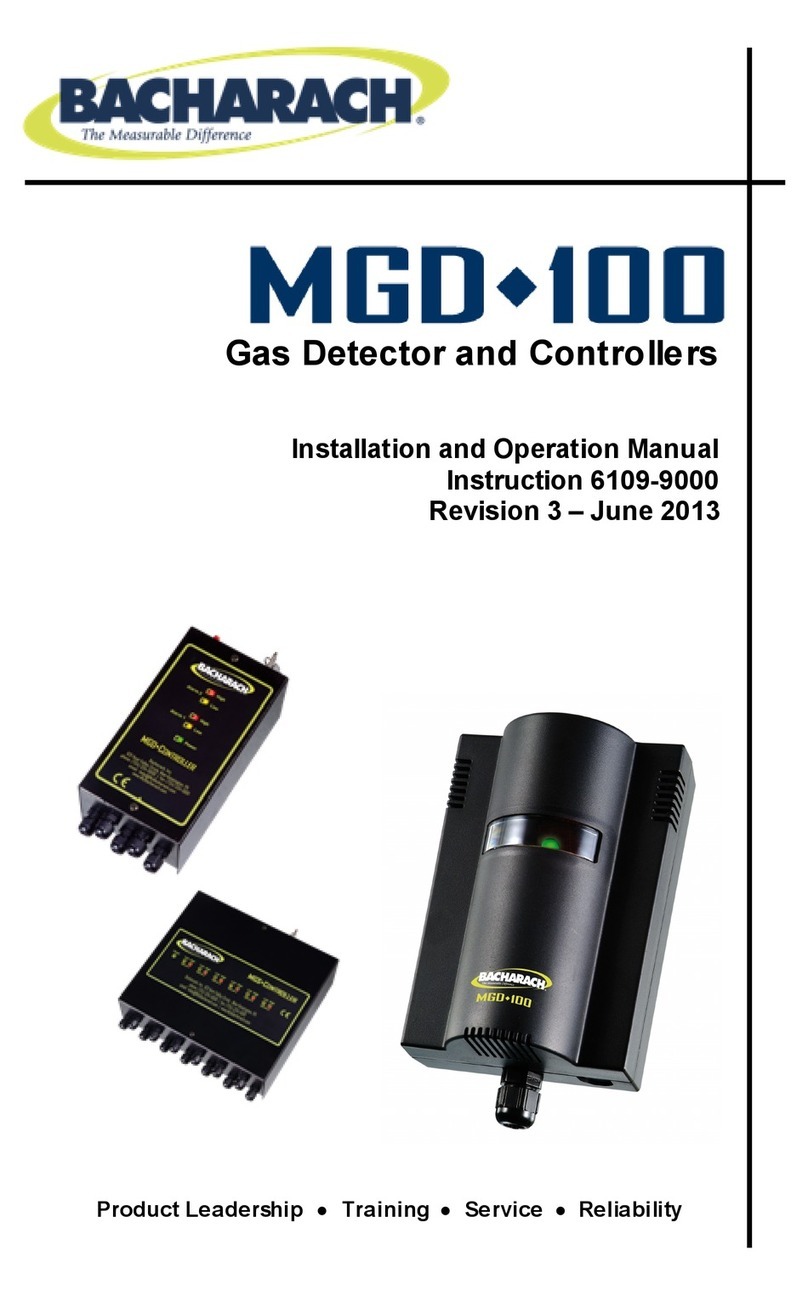
Bacharach
Bacharach MGD-100 User manual

Bacharach
Bacharach 6401-0500 User manual
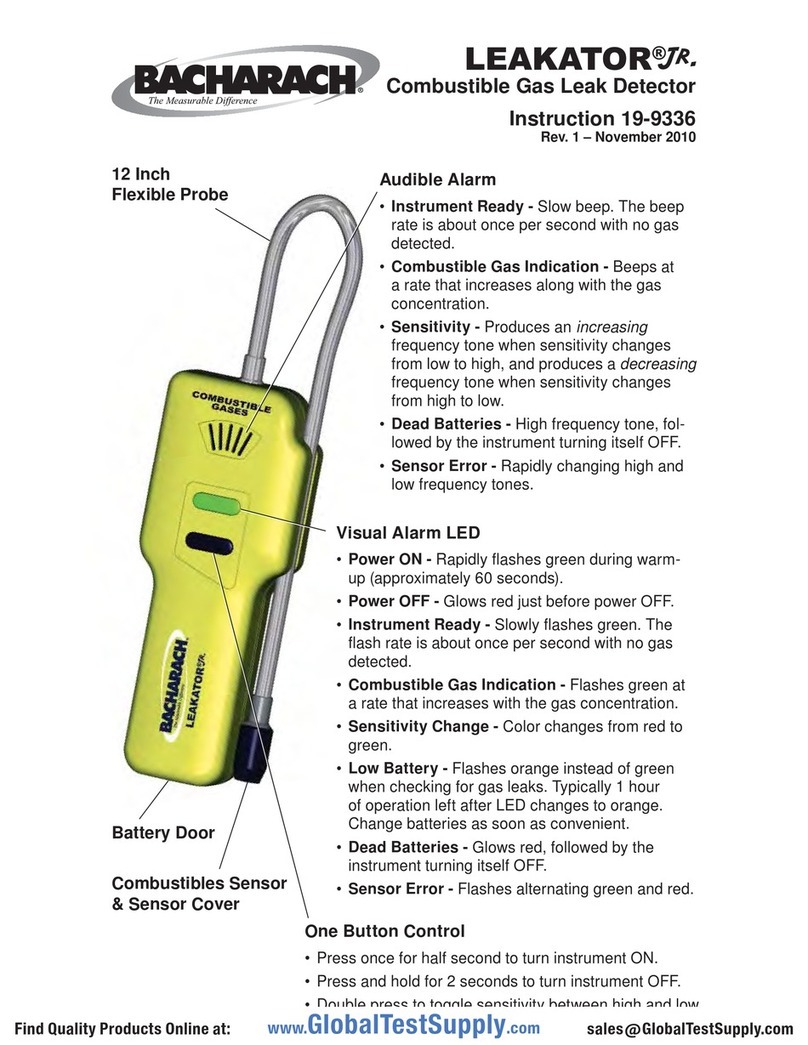
Bacharach
Bacharach Leakator Jr. User manual

Bacharach
Bacharach MVR-300 User manual
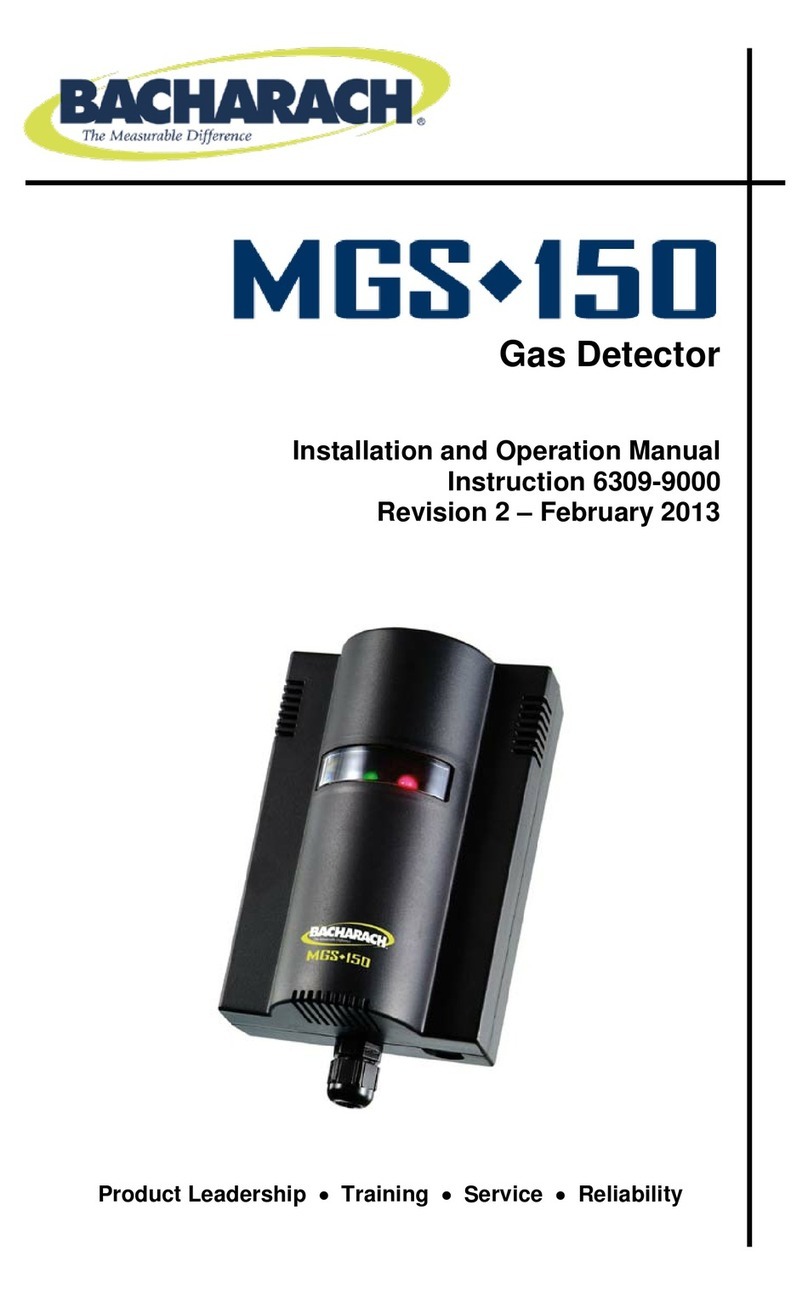
Bacharach
Bacharach MGS-150 User manual
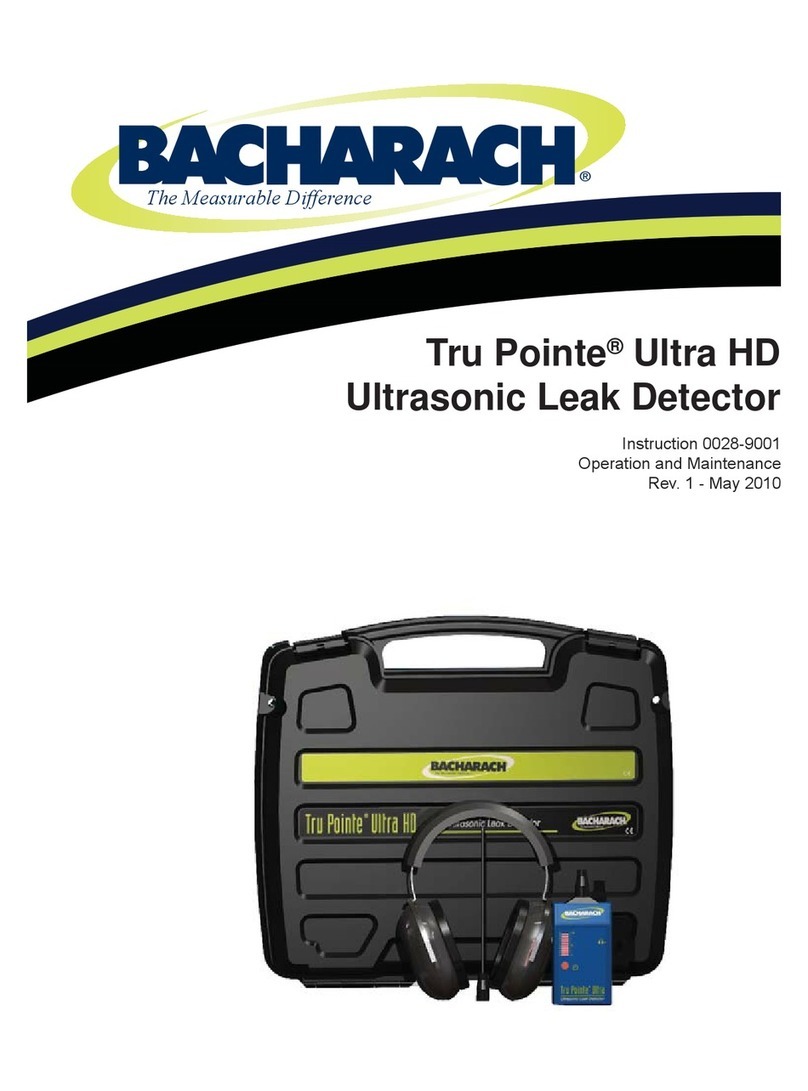
Bacharach
Bacharach Tru Pointe Ultra HD Instruction Manual
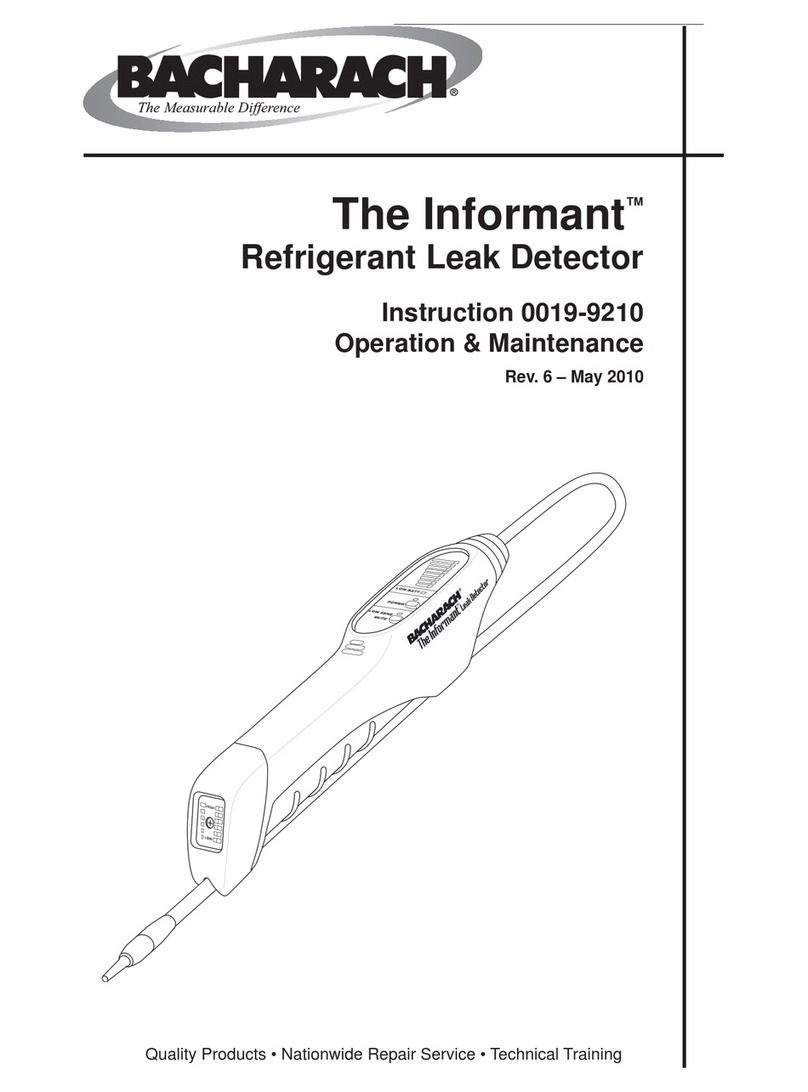
Bacharach
Bacharach Informant Leak Detector User manual

Bacharach
Bacharach MGD-100 User manual

Bacharach
Bacharach MGS-150 User manual
Popular Security Sensor manuals by other brands

Shinko
Shinko SE2EA-1-0-0 instruction manual

Det-Tronics
Det-Tronics X Series instructions

ACR Electronics
ACR Electronics COBHAM RCL-300A Product support manual

TOOLCRAFT
TOOLCRAFT 1712612 operating instructions

Elkron
Elkron IM600 Installation, programming and functions manual

Bosch
Bosch WEU PDO 6 Original instructions





















